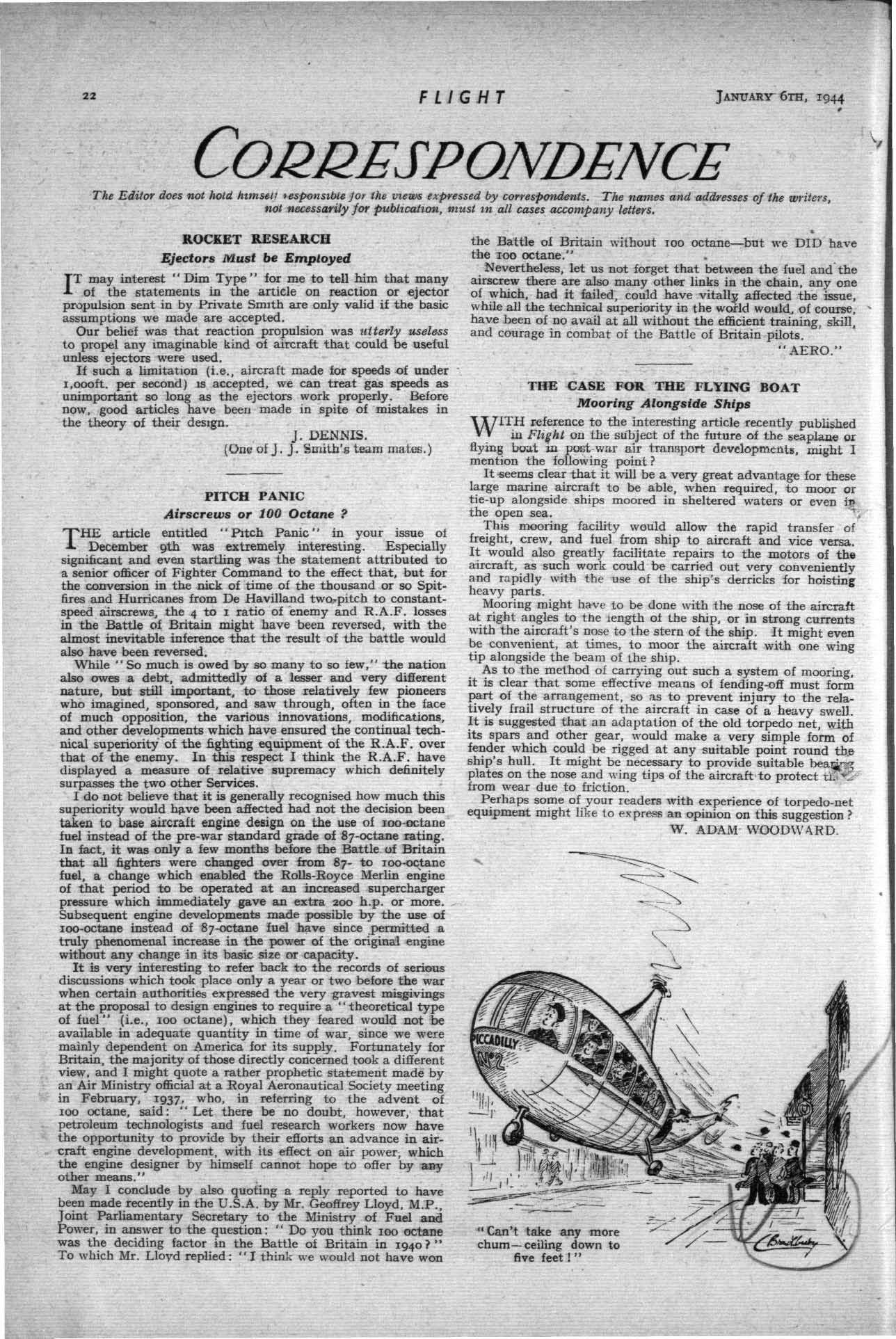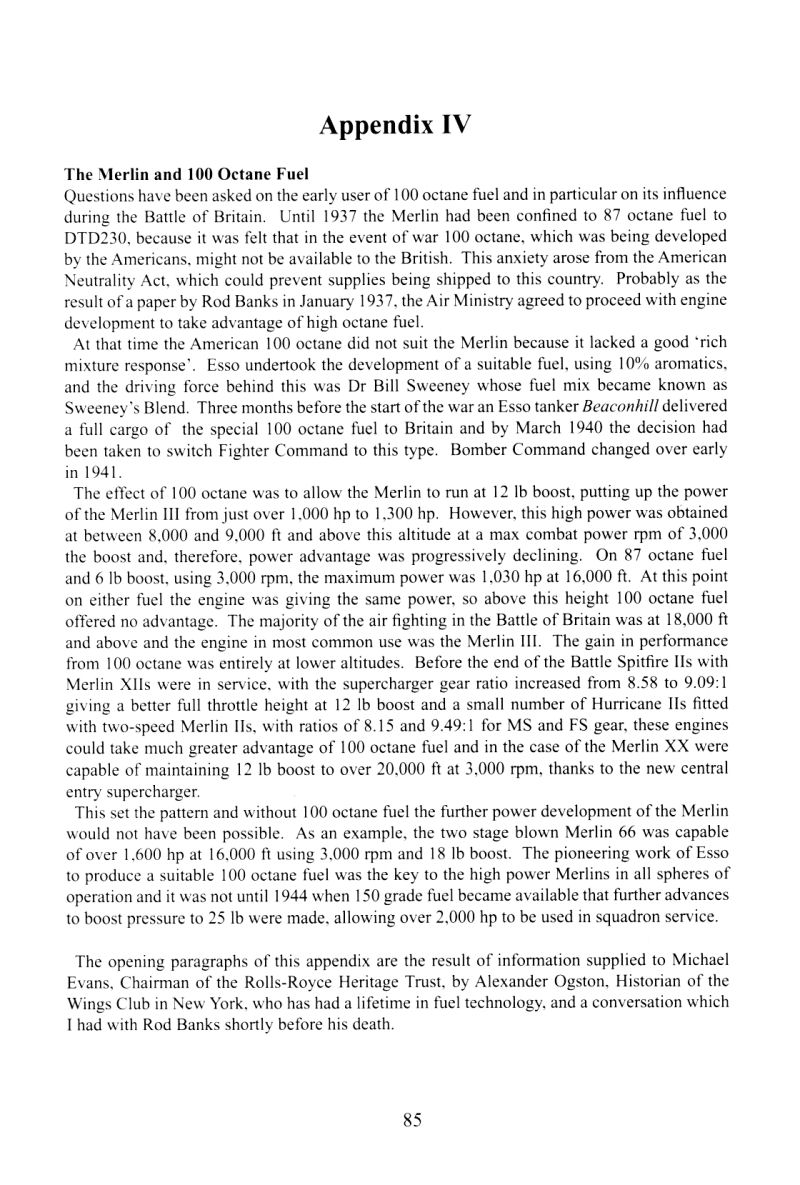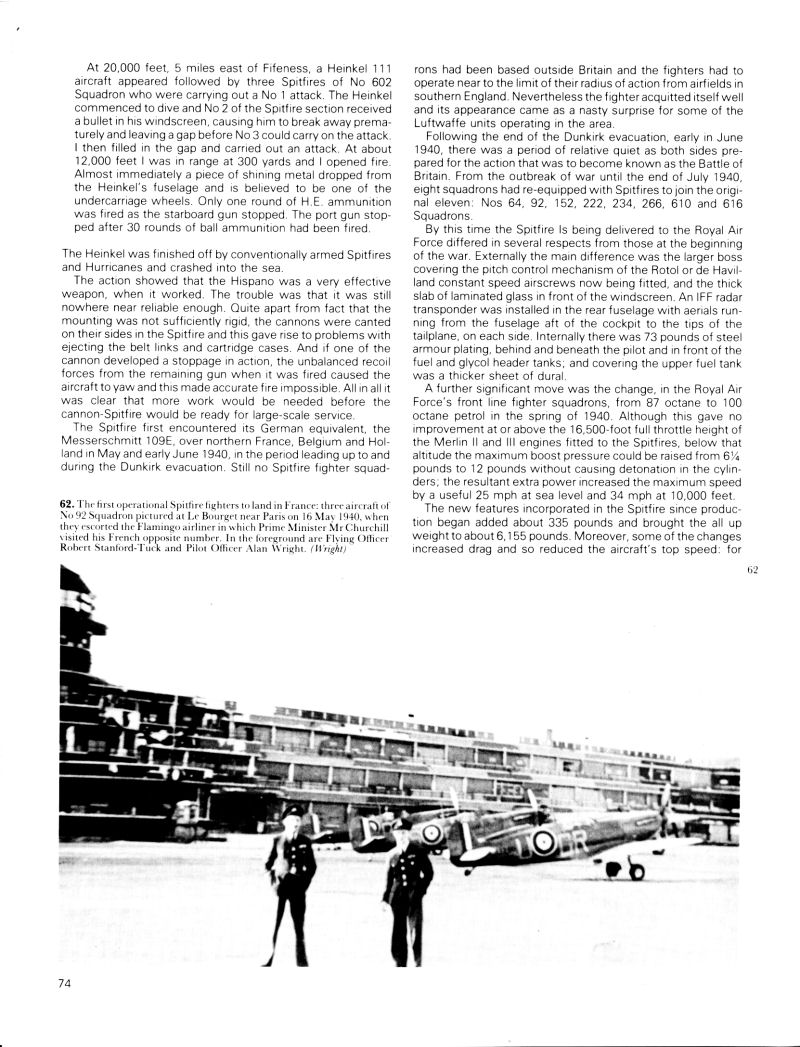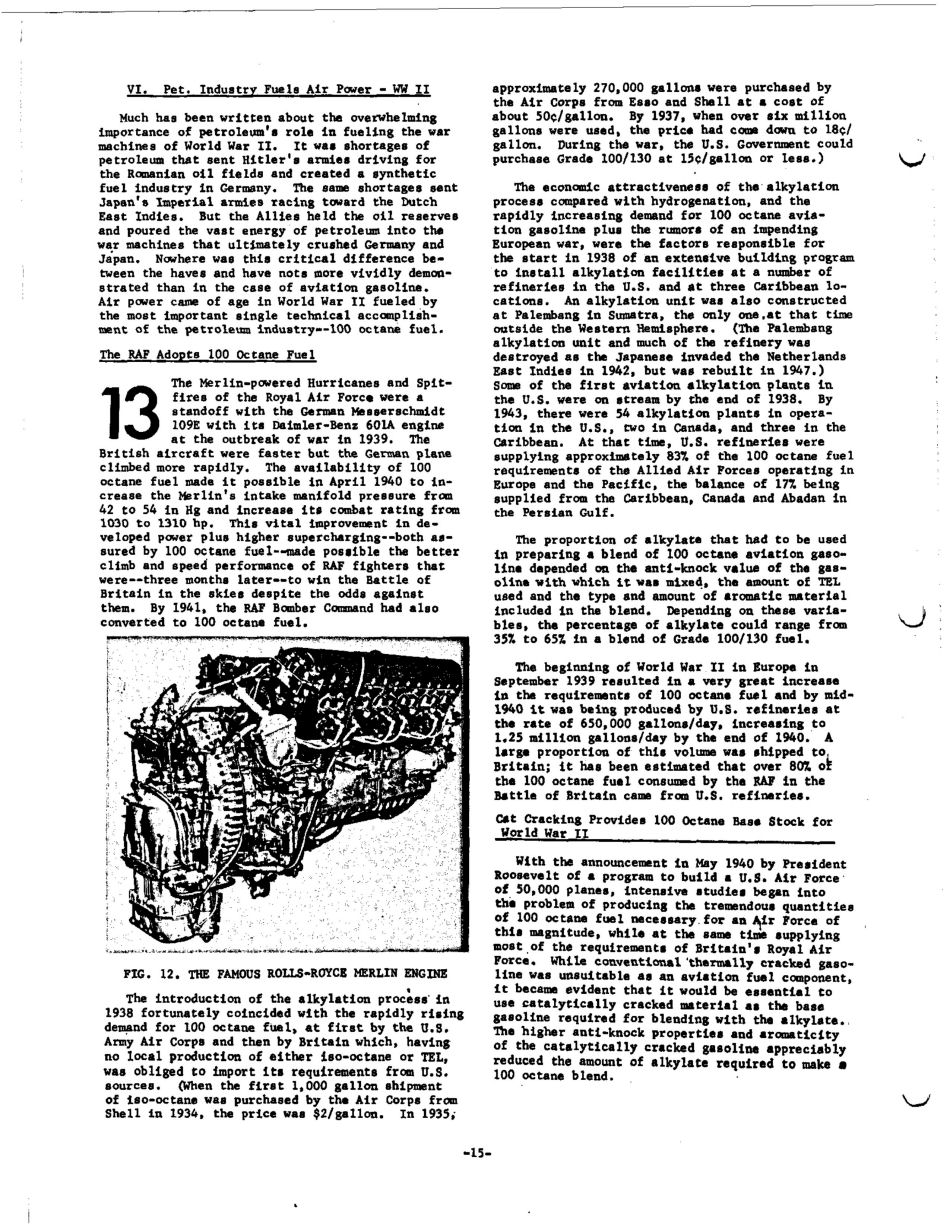
 |
|
|||||||
| FM/DM threads Everything about FM/DM in CoD |
 |
|
|
Thread Tools | Display Modes |
|
|
|
#1
|
|||
|
|||
|
Quote:
|
|
#2
|
|||
|
|||
|
Pg 55 under the heading 100 OCTANE FUEL
This is the 1st edition. |
|
#3
|
||||
|
||||
|
Quote:
Quote:
I remember when people loved to post the Mach .98 dives of the recon Spitfire that lost a propeller available on that website "Spitfire Performance" as representative of the diving ability of the aircraft. Anybody with some knowledge of aerodynamics who reads Morgan and Shacklady can immediately spot the issue with that. Not only does the A&AEE officially retract those measurements but it is very easy to spot the fact the A&AEE had their static ports in the wrong location to get any kind of accurate speed measurement from their rake in the original report. Not their fault, we just did not know as much about transonic flight and the difficulty in obtaining accurate airspeed measurements. I agree the 800,000 ton strategic reserve requirement be built up before any squadrons convert probably comes from a pre-war estimate. If it is correct, then there is absolutely no chance a single operational squadron flew with the fuel during the Battle of Britain. England simply did not have enough 100 Octane fuel on hand to come close to that reserve requirement. Again, that is just speculation on my part. Morgan and Shacklady just listed the two facts we know but they were not writing a book on the history of the Oil Committee and strategic reserves. 1. An 800,000 ton Strategic Reserve was required to be on hand before a single aircraft flew operationally. 2. 16 Squadrons converted in September 1940. They were doing the technical development of the Spitfire. The 16 squadrons is a very important part of that technical development and inline with the subject they were research. One can look at the 87 Octane consumption on the documents in this thread and easily tell that it was not until after September that 100 Octane became the predominate fuel used by the RAF. |
|
#4
|
|||
|
|||
|
Quote:
This is just what I have even before the BoB started: By Month No. 32 Squadron pre BoB H No. 92 (East India) Squadron pre BoB S No. 111 Squadron pre BoB H No. 151 Squadron Feb 1940 H No. 602 (City of Glasgow) Squadron pre BoB S No. 609 (West Riding) Squadron pre BoB S No. 1 (Cawnpore) Squadron May 1940 H No. 3 Squadron May 1940 H No. 17 Squadron May 1940 H No. 19 Squadron May 1940 S No. 54 Squadron May 1940 S No. 74 Squadron May 1940 S No. 56 (Punjab) Squadron May 1940 H No. 73 Squadron May 1940 H No. 79 (Madras Presidency) Squadron May 1940 H No. 85 Squadron May 1940 H No. 87 (United Provinces) Squadron May 1940 H No. 229 Squadron May 1940 H No. 43 (China-British) Squadron June 1940 H No. 41 Squadron June 1940 S No. 610 (County of Chester) Squadron June 1940 S No. 611 (West Lancashire) Squadron June 1940 S Well quite naturally 87 fuel was predominate as the other RAF Commands (Bomber, Coastal, Training etc) used 87 fuel. |
|
#5
|
|||
|
|||
|
Quote:
You're disregarding contemporary combat reports, pilot's memoirs, Morgan and shacklady and more, in favour of a document that was written when nobody in Europe expected the war to start in 1939. Nobody, not even hitler. Britain was in the process of rearmament. Everything changed in September '39. They were expecting to have to fight in '41 or '42. As soon as Poland was invaded all the plans changed. The history of trimpell oil refinery says that according to their records there were over 300 converted spitfires and hurricanes by the end of July. They supplied the fuel, at the time. Surely their account is more reliable. EDIT: Corrected spelling of Trimpell Last edited by winny; 03-21-2012 at 10:42 PM. |
|
#6
|
|||
|
|||
|
Quote:
"Bulk supply contracts for higher octane fuel were placed by the Air Ministry and it was put into widespread use in the RAF in March 1940 when Spitfires' Rolls Royce Merlin engines were converted to use the 100 octane fuel. By May 1940, reconnaissance Spitfires had begun flying combat missions using the 100 octane fuel. By 31 July 1940, there were 384 Spitfires serving in 19 squadrons using the 100 octane fuel." Heysham Heritage Association, The Trimpell Oil Refinery  Heysham’s position is not unique, rather it’s very much in keeping with the conventional view:   Alec Harvey-Bailey, The Merlin in Perspective, (Rolls-Royce Heritage Trust, Derby, 1983)  Alfred Price, The Spitfire Story, (Arms and Armour Press Ltd., London, 1986)  David Ross, The Greatest Squadron of Them All, The Definitive History of 603 Squadron, RAauxAF, (Grub Street, London, 2003)  W.G. Dudek and D. R. Winans, AIAA Paper No. 69-779, Milestones in Aviation Fuels, (Esso Research and Engineering Company, New York 1969.)  A. R. Ogston, History of Aircraft Lubricants, (Society of Automotive Engineers, Inc. Warrendale, PA USA), p. 12. 
Last edited by lane; 03-21-2012 at 10:57 PM. |
|
#7
|
|||
|
|||
|
Sorry it was from memory. I underestimated
And I'd forgotten about the fact that they were converting 87 into 100 - which means that the import figures do not take into account existing 87 that was converted in the UK. Nice. Last edited by winny; 03-21-2012 at 10:44 PM. |
|
#8
|
|||
|
|||
|
This might help. This is the RAF Order of Battle as reported to FC at 09.00 on the 13th July giving squadrons, bases and the operational status, I only hope you can read them. These are the original reports posted to FC as held in the NA
The no of Spitfire Squadrons is an almost exact match for my OOB plus the Hurricane Squadrons not mentioned in the prior posting Last edited by Glider; 03-21-2012 at 10:48 PM. |
|
#9
|
|||
|
|||
|
Nice document Glider. Thanks for sharing!
|
|
#10
|
|||
|
|||
|
Quote:
It would be interesting to find the pre-war estimates for the reserves of other grades of aviation fuel and see how they match up with war-time reserves - has anyone got the pre-war estimates for other grades? |
 |
|
|